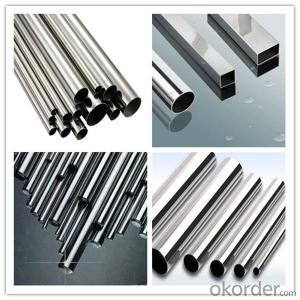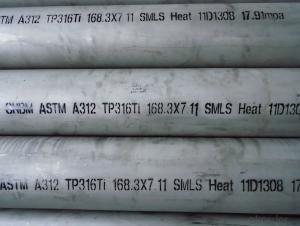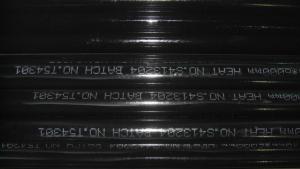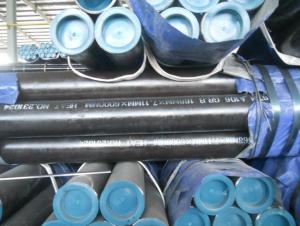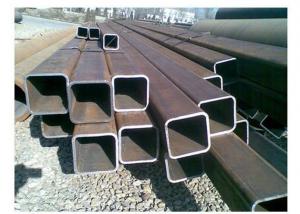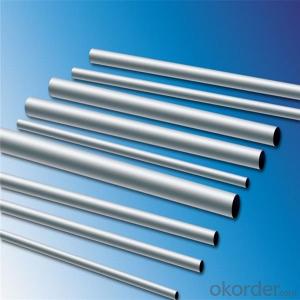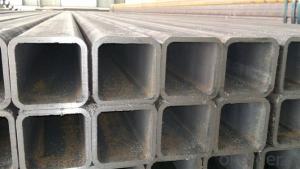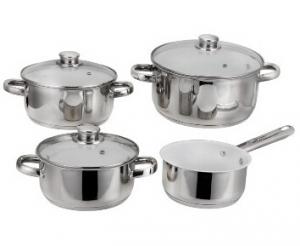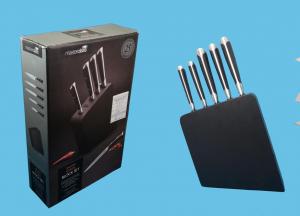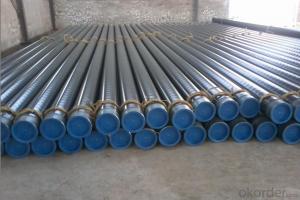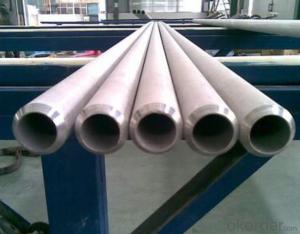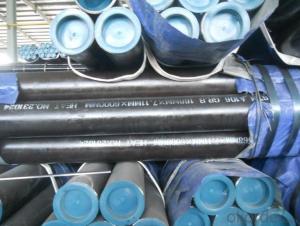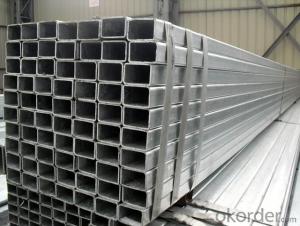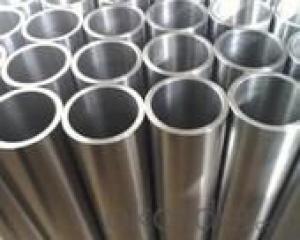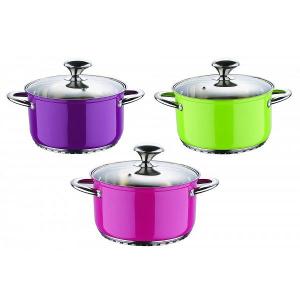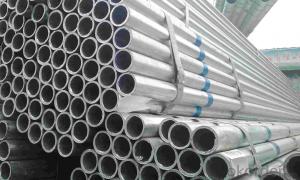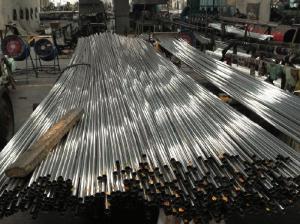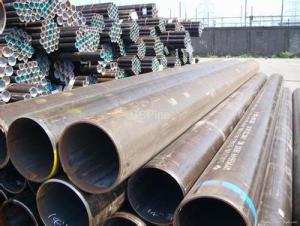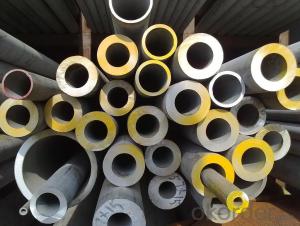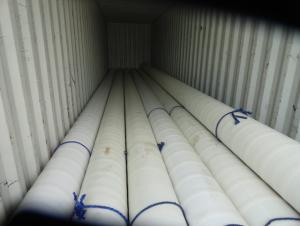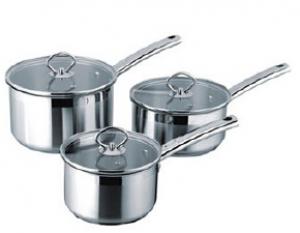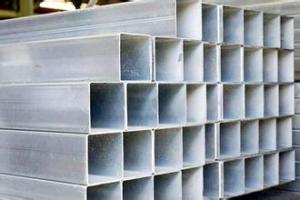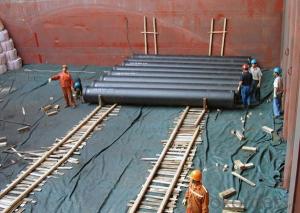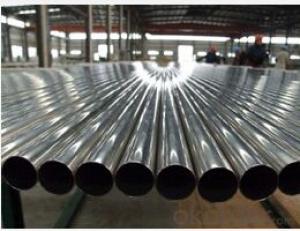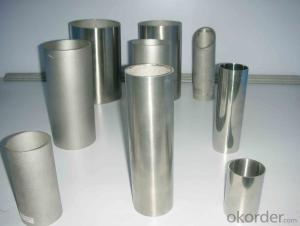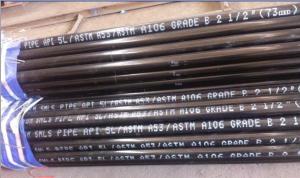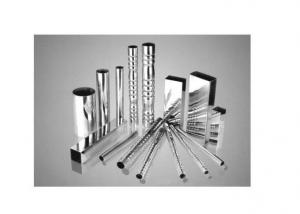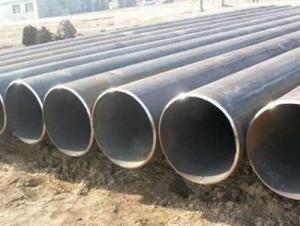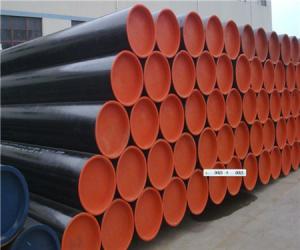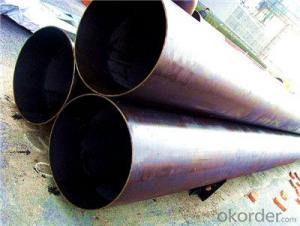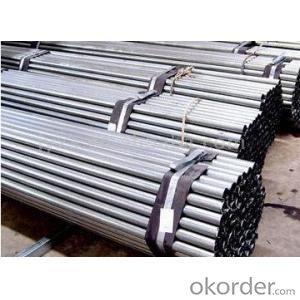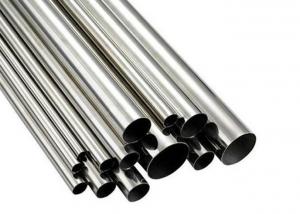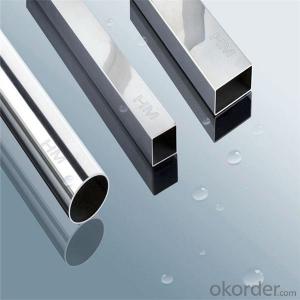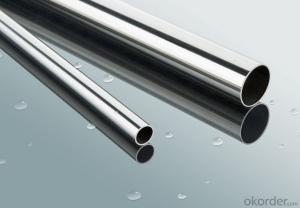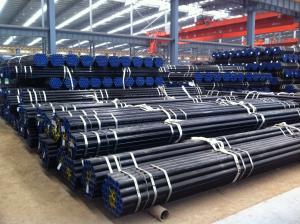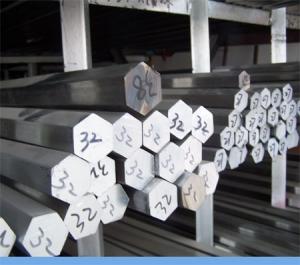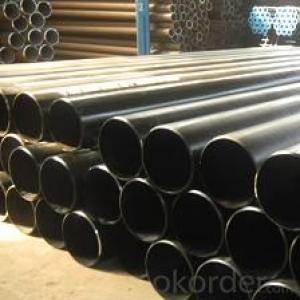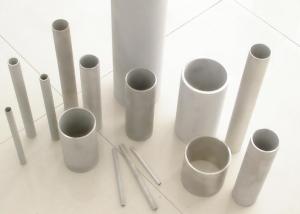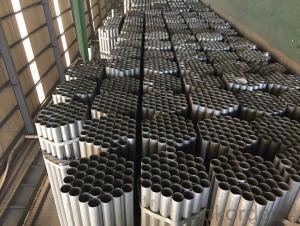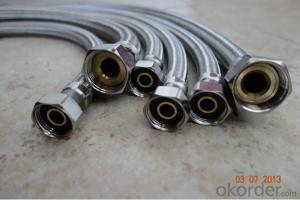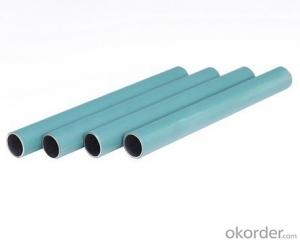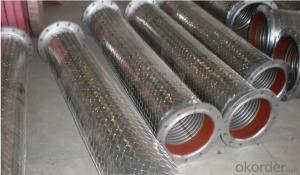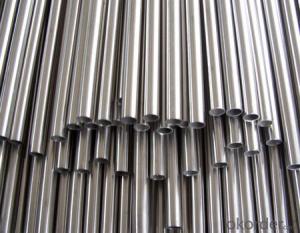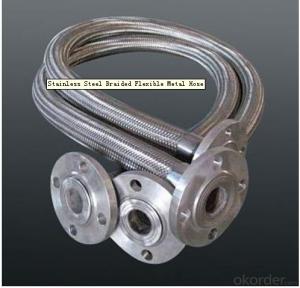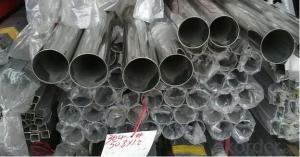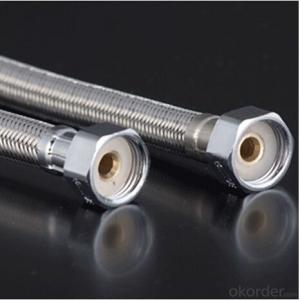6 Stainless Steel Pipe
6 Stainless Steel Pipe Related Searches
4 Stainless Steel Pipe 3 Stainless Steel Pipe 2 Stainless Steel Pipe 1 Stainless Steel Pipe Stainless Steel Pipes Stainless Steel Piping 1 2 Stainless Steel Pipe 3 4 Stainless Steel Pipe 6 Stainless Steel Chimney Liner Pipe Stainless 6Mm Steel Wire Stainless Steel Screen Pipe Stainless Steel Threaded Pipe 4 Inch Stainless Steel Pipe 2 Inch Stainless Steel Pipe 3 Inch Stainless Steel Pipe Stainless Steel Chimney Pipe 1 Inch Stainless Steel Pipe 3in Stainless Steel Pipe Stainless Steel Flue Pipe Stainless Steel Smoker Pipe 1 1 2 Stainless Steel Pipe Stainless Steel Tape Stainless Steel Flex Pipe Stainless Steel Pipe Fitting 304 Stainless Steel Pipe Stainless Steel Pipe Flange 4 Stainless Steel Chimney Pipe Stainless Steel 16 Gauge Stainless Steel Wire6 Stainless Steel Pipe Supplier & Manufacturer from China
6 Stainless Steel Pipe, a versatile and durable product, is widely recognized for its corrosion resistance and strength. This type of pipe is made from austenitic stainless steel, which is known for its excellent performance in various environments and industries. The 6 Stainless Steel Pipe is commonly used in applications such as food processing, pharmaceutical manufacturing, and chemical engineering, where high levels of hygiene and resistance to corrosive substances are required. Its ability to withstand high pressures and temperatures, along with its smooth interior surface, makes it an ideal choice for transporting fluids and gases without the risk of contamination.Okorder.com, a reputable wholesale supplier, offers a comprehensive range of 6 Stainless Steel Pipe products to cater to the diverse needs of its customers. With a large inventory that includes various sizes, lengths, and specifications, Okorder.com ensures that clients can find the exact 6 Stainless Steel Pipe that suits their specific requirements. The company's commitment to quality and customer satisfaction has made it a preferred choice for businesses seeking reliable and high-performance stainless steel pipes for their operations.
Hot Products
